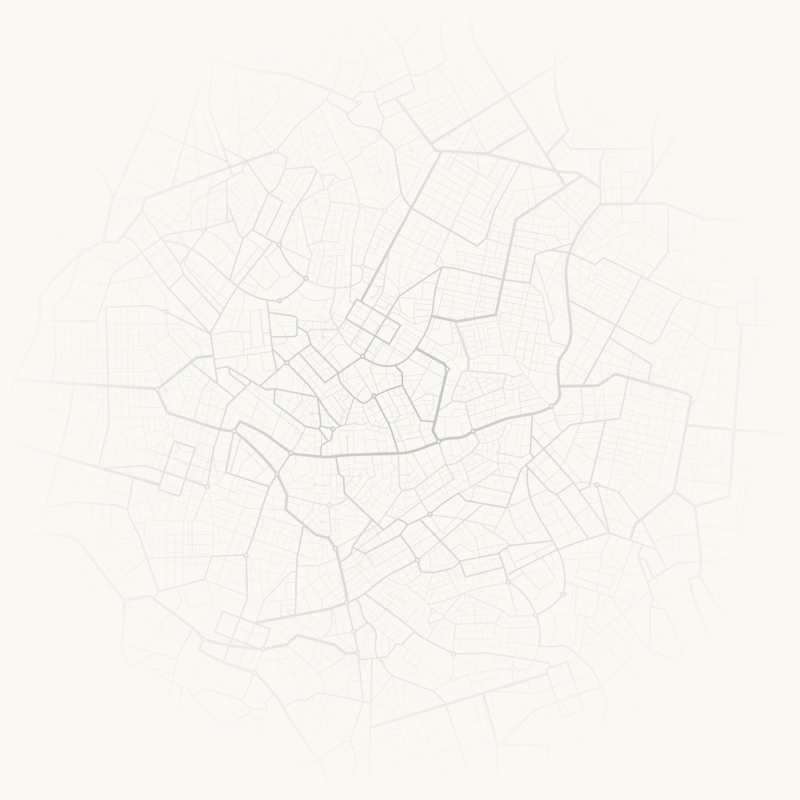
Articles
StreetLight Blog
Dive into the latest articles on making data-driven transportation decisions.
How Should We Build EV-Charging Infrastructure?
Important metrics like dwell time, origin-destination, distance, and travel time are key to siting chargers effectively

Filter
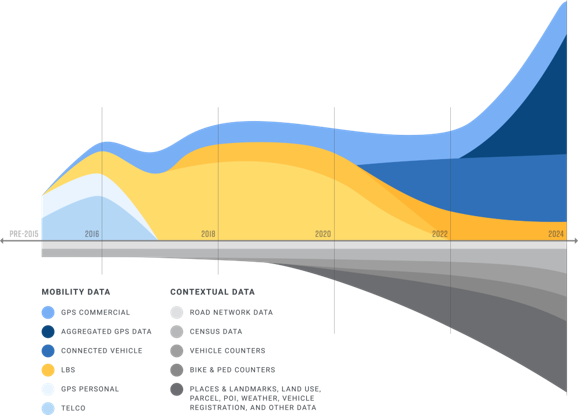
Blog
StreetLight Competitors and Alternatives
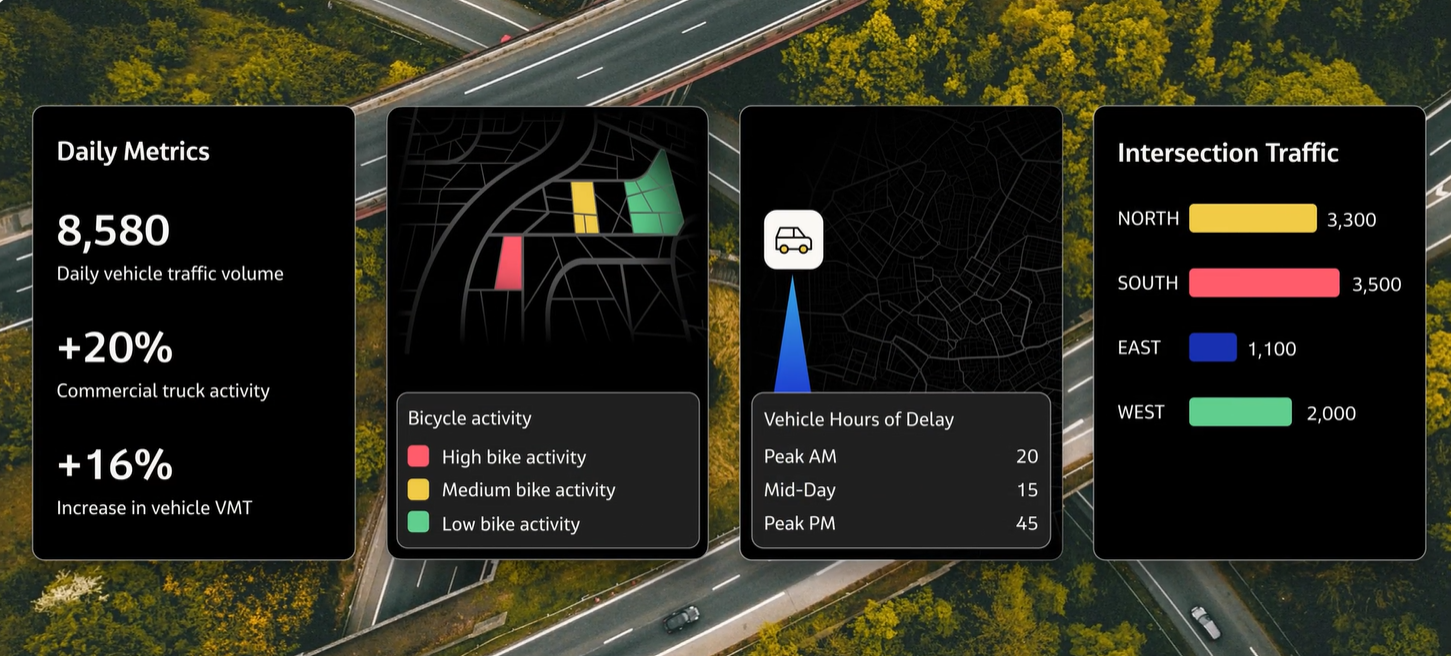
Blog
7 Key Features of Transportation Analytics Software

Blog
6 Types of Transportation Big Data Every City Needs
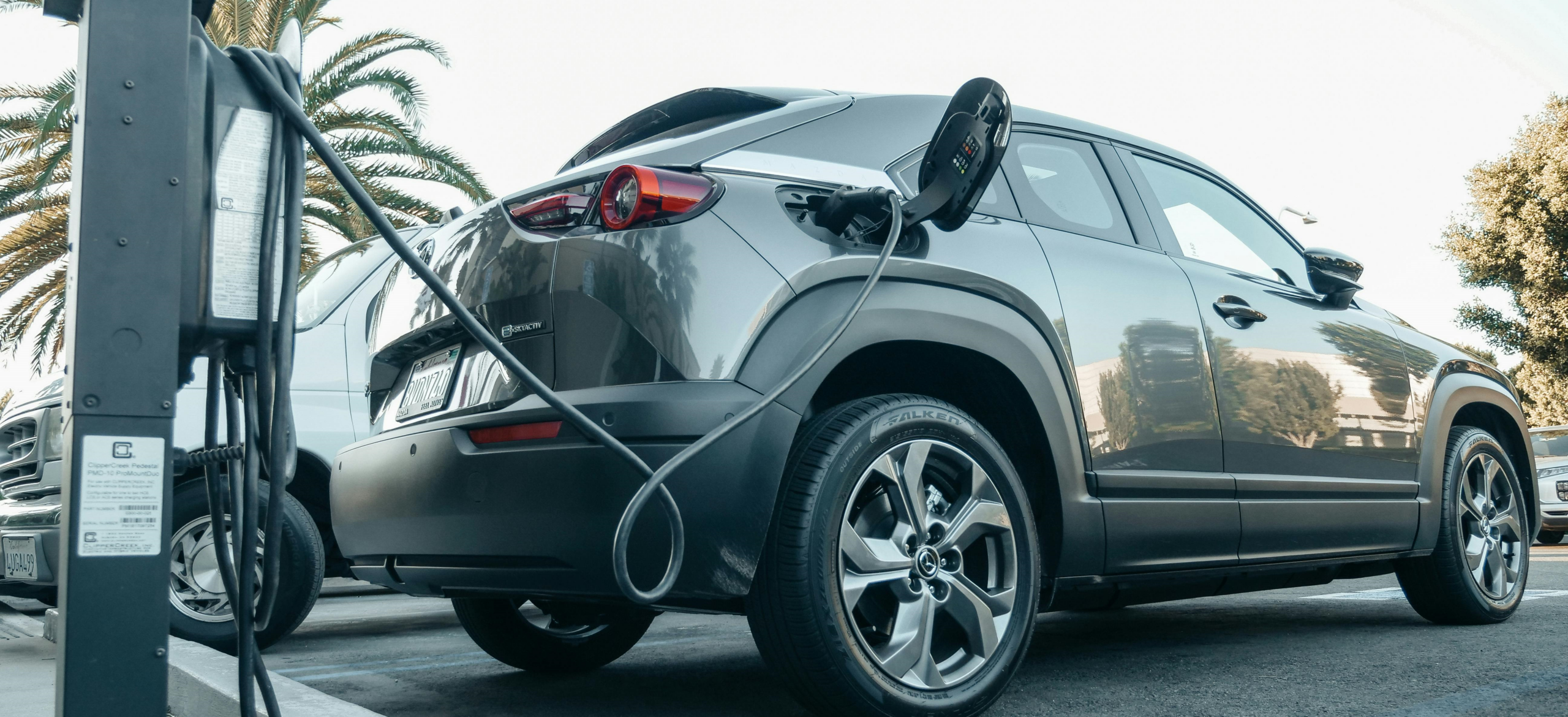
Blog
How Should We Build EV-Charging Infrastructure?
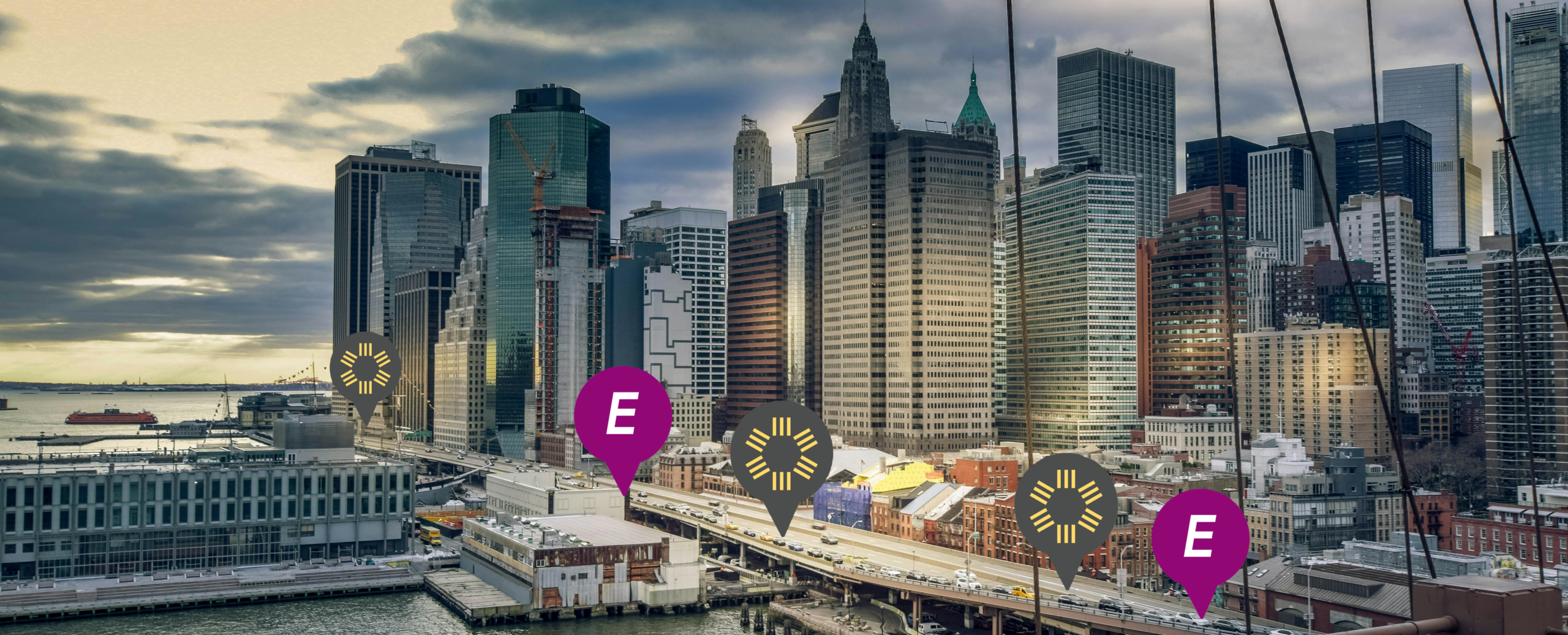
Blog
Public Data from NYCDOT Validates the Reliability of StreetLight’s Speed Metrics

Blog
6 Ways to Drive Sustainability in Transportation

Blog
How Can We Reduce Emissions From Urban Transportation?
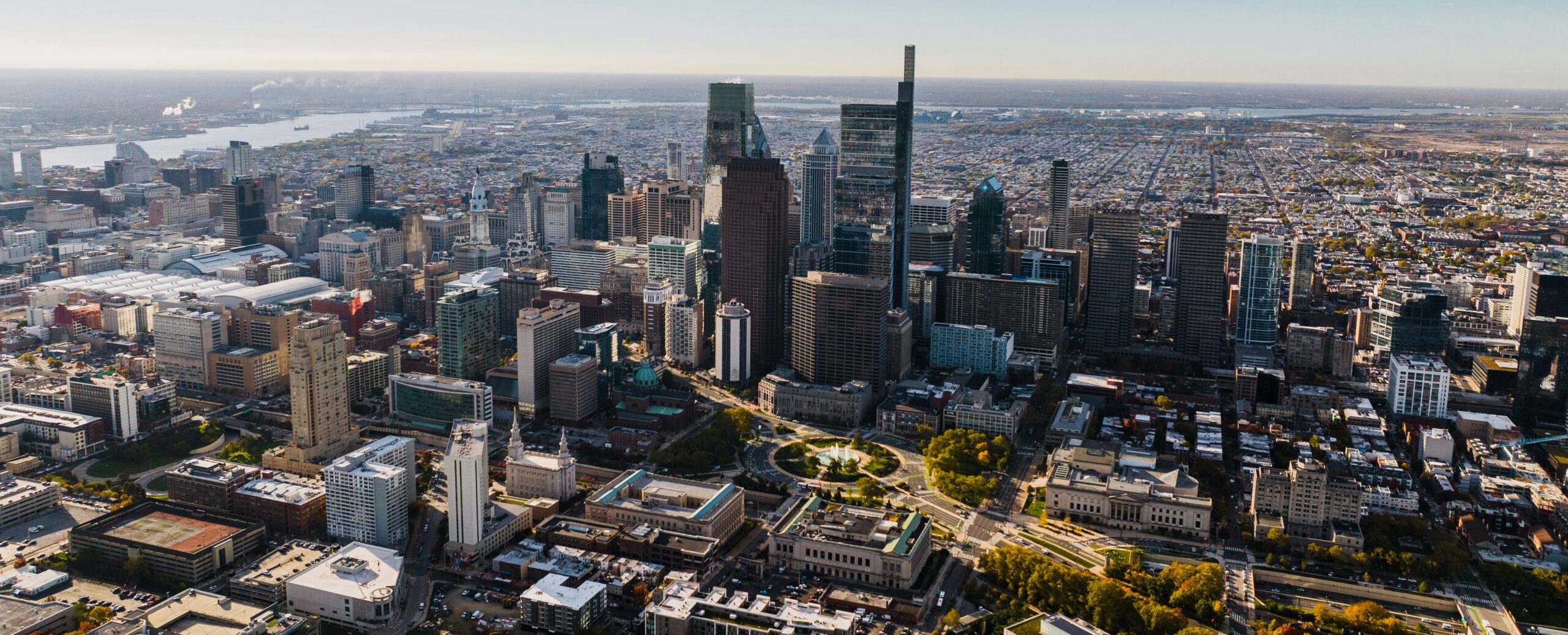
Blog
The Data Behind How Speed Cameras Curbed Crash Rates on One of Philadelphia’s Most Dangerous Roads

Blog
What is AADT, why does it matter, and how does big data make it more powerful?
Unleash the potential of data: Discover StreetLight
Explore the resources above and don’t hesitate to contact us if you have any questions. We’re here to partner with you in building a smarter transportation future for your community.